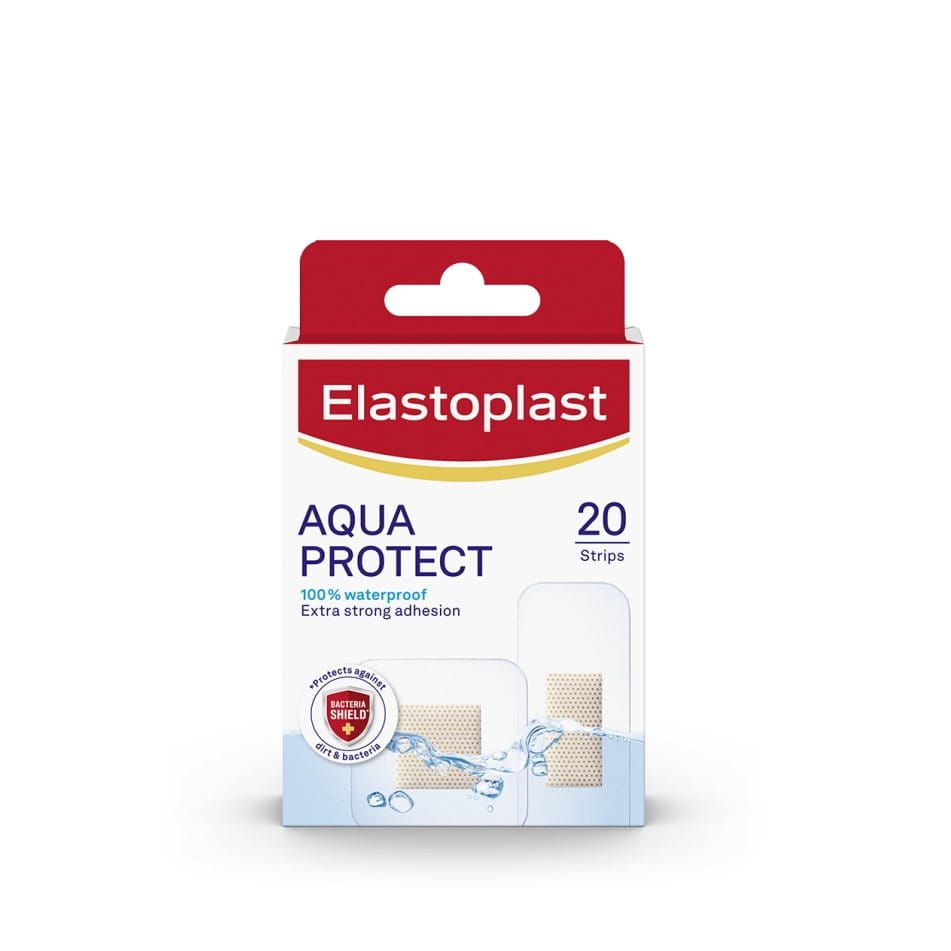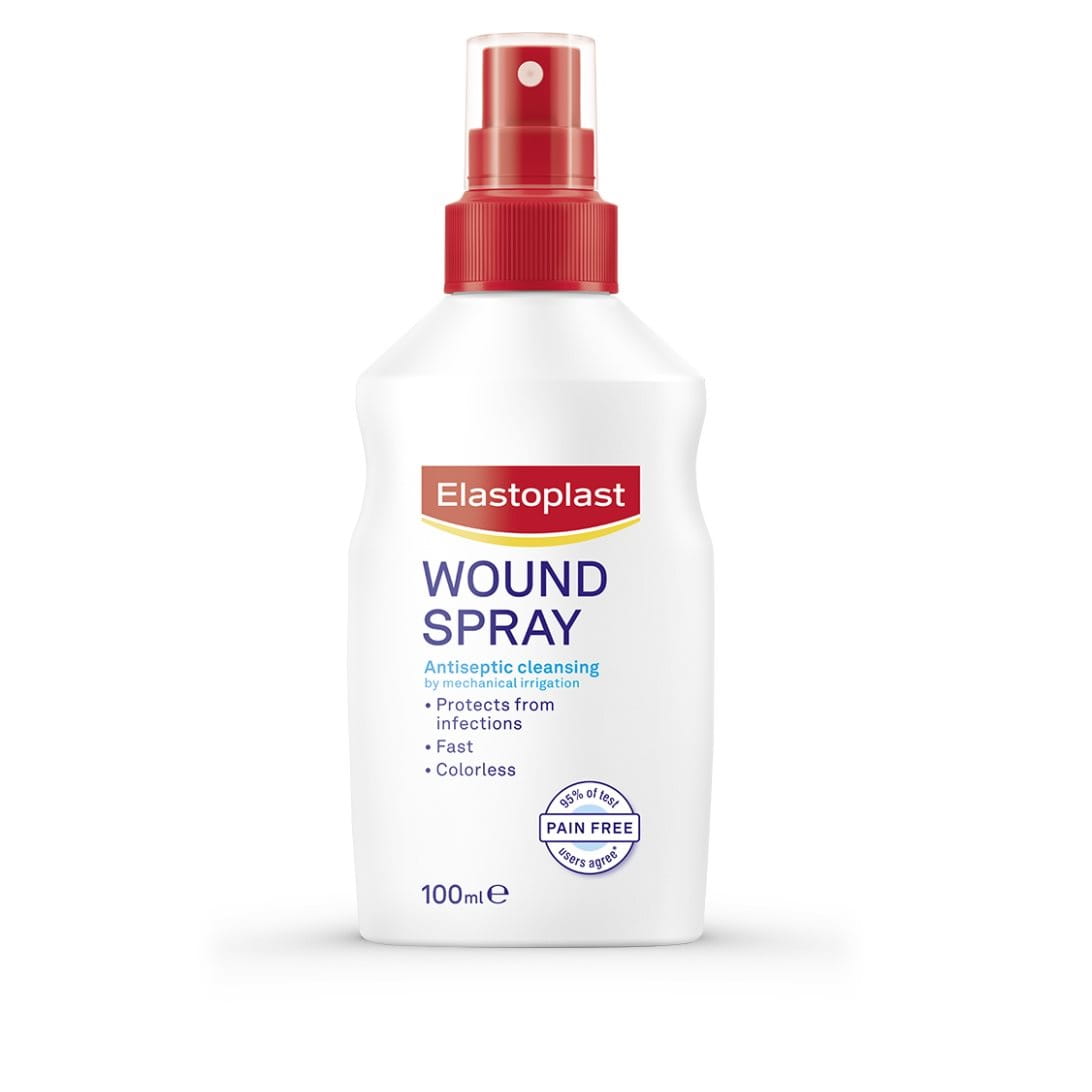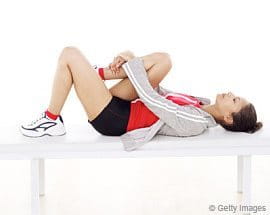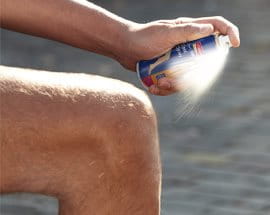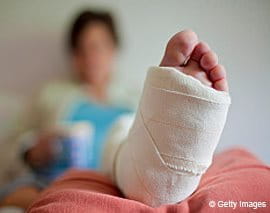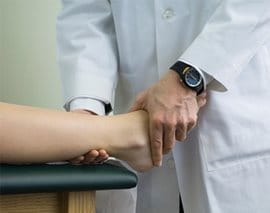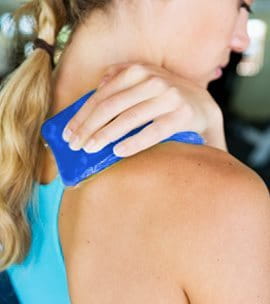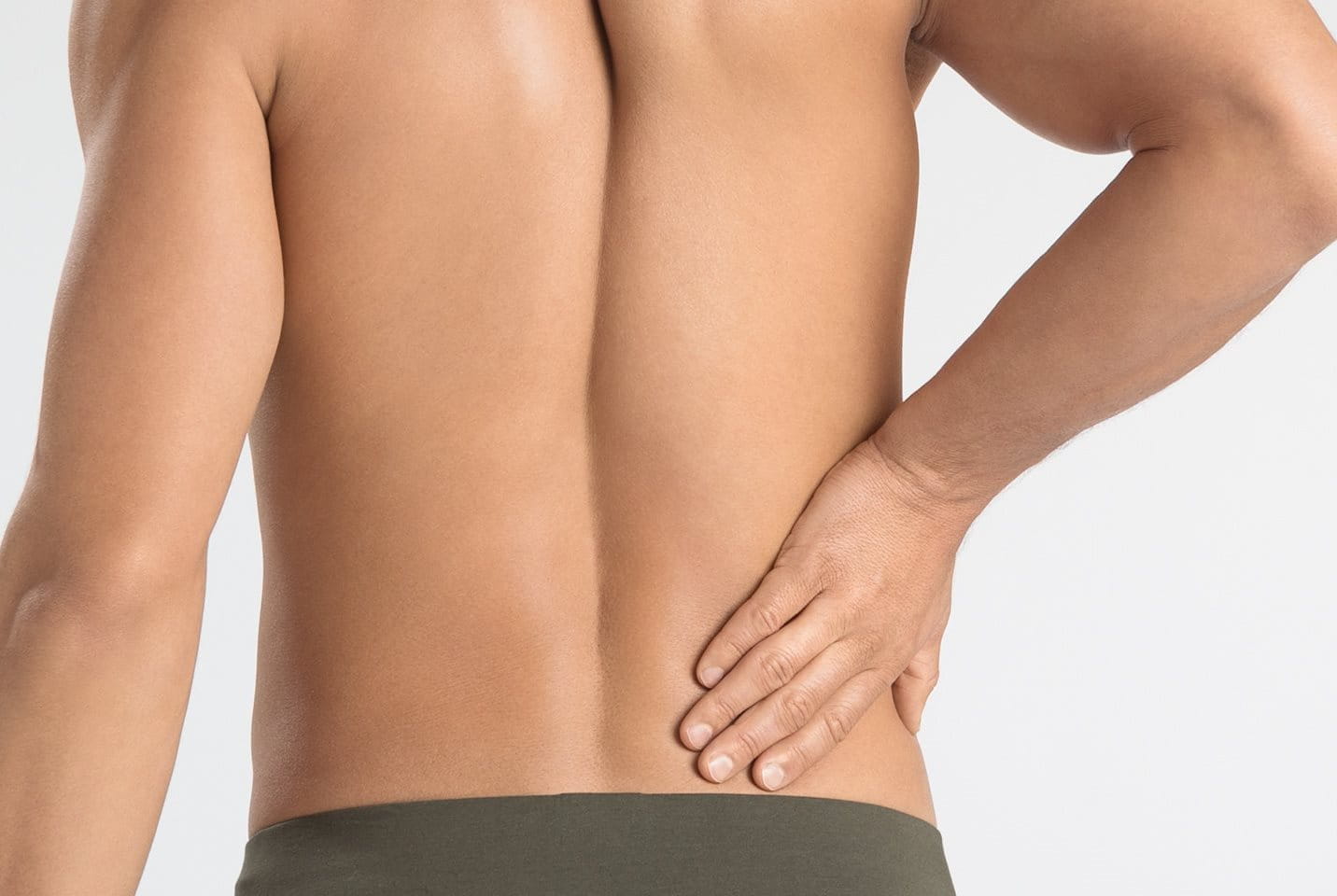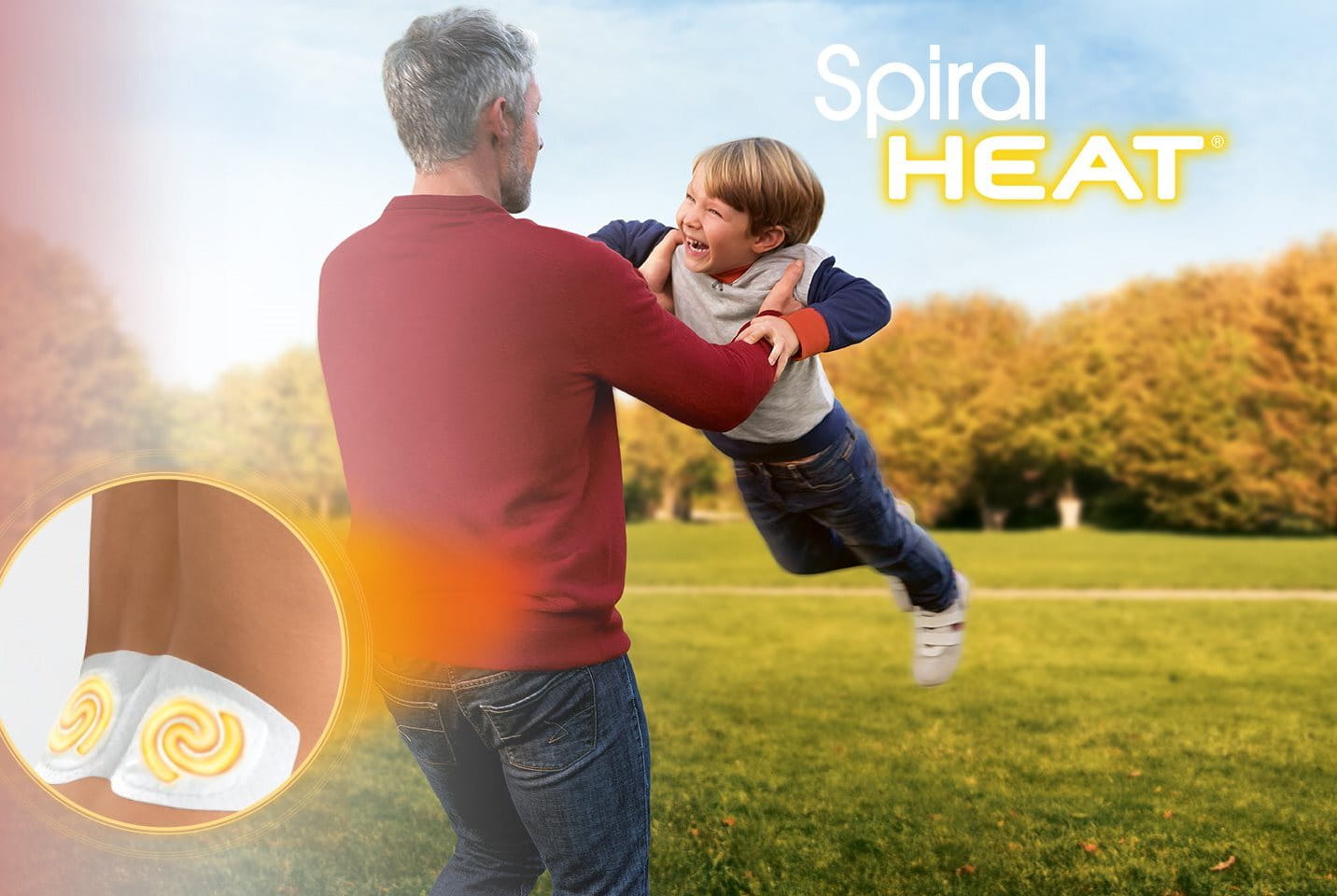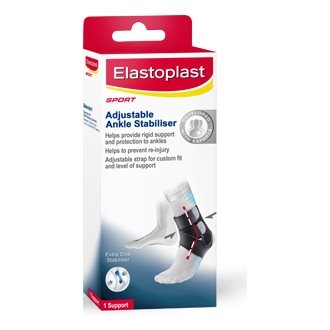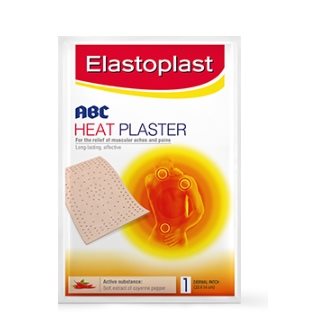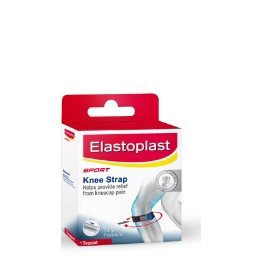About
Injury S.O.S.: What you should know about sports injuries
Sometimes – particularly when people overdo it or don‘t properly train or warm up – these benefits can come at a price: sports injuries.
The downside of getting active
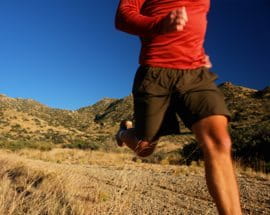
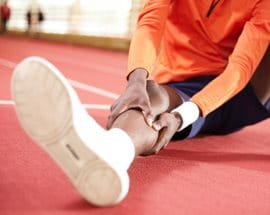
Although virtually any part of your body can be injured during sports or exercise, the term is usually reserved for injuries that involve the musculoskeletal system, which includes the muscles, bones, ligaments and tendons.
MOST SPORTS INJURIES CAN BE PREVENTED IF YOU TAKE PRECAUTIONS
Fortunately, even though there are acute or chronic cases, most sports injuries, especially those due to adaptational processes or instabilities, can be treated effectively, and mostly you will be able to return to your previous satisfying level of physical activity after an injury. Even better, many sports injuries can be prevented if you take the proper precautions (see: PREVENTION.).
Common joint injuries
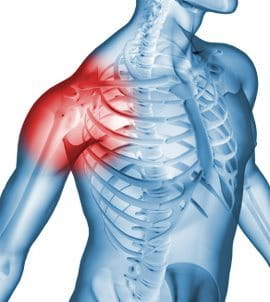
Joints can swell and suffer from inflammation and redness. they can become immobile, in which case range of motion can be reduced. Typical joint injuries are knee and elbow injuries.
How do joint injuries occur?
Joint injuries are often seen after bicycle wrecks, falling in contact sports, and car accidents.
Symptoms?
Pain, stiffness, weakness, instability, swelling and locking may be symptoms of joint injuries.
Find out what to do about them here.
| Injuries | Symptoms | Steps you can take |
|---|---|---|
| Runners Knee, Plica Syndrome of the Knee, Torn rotator cuff (Shoulder) |
Inflammation, redness, swelling, reduced range of motion. |
Inflammation, swelling and redness can be reduced by cooling (RICER). Braces help in cases of instability or too much joint play by improving coordination of joints and improving stability. Knee joint stiffness and arthritis will be helped by heat therapy. |
Common muscle and tendon injuries
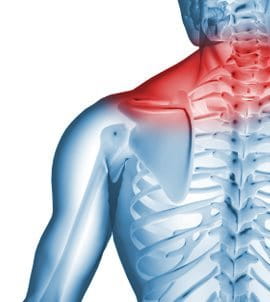
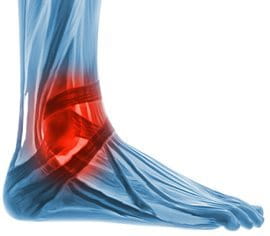
Muscles and tendons (a tendon is the fibrous tissue that attaches muscle to bone in the human body) can become too weak which will lead to them not being able to stabilise the joints anymore. (This can quickly become a challenge for the joints which, in turn, might also, be affected.) Weak muscles will mean they will deliver less endurance and are more susceptible to injury.
When there is excessive stretching of a muscle or tendon resulting in pain, soreness and inability to use normally it’s called a strain. Signs of strain: pain, muscle contraction or tremor, and loss of strength.
How do muscle and tendon injuries occur?
Causes of strain are excessive use, pull or stretch of tissue affected. Strain may come about suddenly or develop from chronic use or overuse.
A typcial tendon injury is Tendovaginitis (inflammation of the sheath of the tendon) from overuse, or tendinitis.
Symptoms?
Swelling, moderate hematoma, pain at weight bearing.
Find out what to do about them here.
So make sure that the sprain is examined and attended to by a doctor in order to rule out a fracture.
| Injuries | Symptoms | Steps you can take |
|---|---|---|
| Achilles Tendonitis Pain over tendon or Tendovaginitis, Shin Splints (inflammation of the sheath of the tendon) | Pain, stiffness, pain with range of motion, weakness and no endurance, instable joints as weak muscles don’t stabilize them anymore. |
Acute muscle and tendon injuries can be treated with RICER: cooling with a cold pack will reduce inflammation and pain. Chronic muscle injuries and stiffness can be treated with heat. Heat therapy works by relieving pain, reducing muscle spasm and improving circulation to the injured area. In rehabilitation phase: heel lifts. |
Common ligament ijuries
Ligaments are the fibrous, slightly stretchy connective tissues that hold one bone to another in the body. Because their function is stabilising the joint so that the bones move in the proper alignment. They are highly susceptible to injury. They also control the range of motion of a joint (for example, they are what prevents your elbow from bending backwards, for example which also help to perform the complex coordinated activities needed for sport.)
Ligaments are made of dense connective tissue consisting of a protein substance called collagen. The organisation of collagen fibres gives the ligament its tensile strength.
Another function of ligaments is to provide proprioceptive input to the brain that allows a person to know what position the joints are in, without having to look.
How do ligament injuries occur?
A great deal of force is required to damage ligaments. In a collision sport like football this is easily done by opposition players or when a player catches his foot in the turf and his whole body weight goes over one joint. This force then produces the structural damage to the joint capsule and ligaments, which is known as a ligament sprain.
The anterior cruciate ligament located behind the knee, often referred to as the ACL, is commonly damaged in rough sports.
Another commonly injured ligament is the anterior talofibular ligament in the ankle joint.
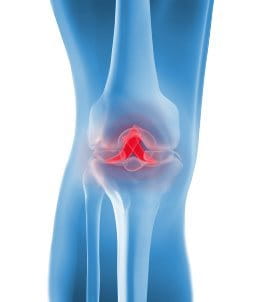
Knee ligament injuries are the most common.
Causes:
• Twisting your knee
• Getting hit on the knee
• Extending the knee too far
• Jumping and landing on a flexed knee
• Stopping suddenly when running
• Suddenly shifting weight from one leg to the other
Symptoms – in general:
• Pain, often sudden and severe
• A loud pop or snap during the injury
• Swelling
• A feeling of looseness in the joint
• Inability to put weight on the point without pain
Find out what to do about them here.
| Injuries | Symptoms | Steps you can take |
|---|---|---|
| Ankle: anterior cruciate, or ACL; lateral collateral or LCL), wrist sprains, knee ligament injuries |
Tender or slightly painful joints when weight is placed on it, as well as swelling. Sprains are characterized as mild, moderate and severe. The severity of the injury will depend on the extent of the injury (whether a tear is partial or complete) and the number of ligaments involved. A mild sprain results when a ligament is stretched or slightly torn. |
Torn ligaments are best treated with ice. Follow RICER. If you have sprained an anke, easing the weight you place on the joint. Icing the area for 10 to 15 minutes 3-4 times a day. After RICER, compressing the joint with a bandage to reduce swelling will help. All chronic insufficiency and ligament injuries which are due to instability can profit from braces. |
